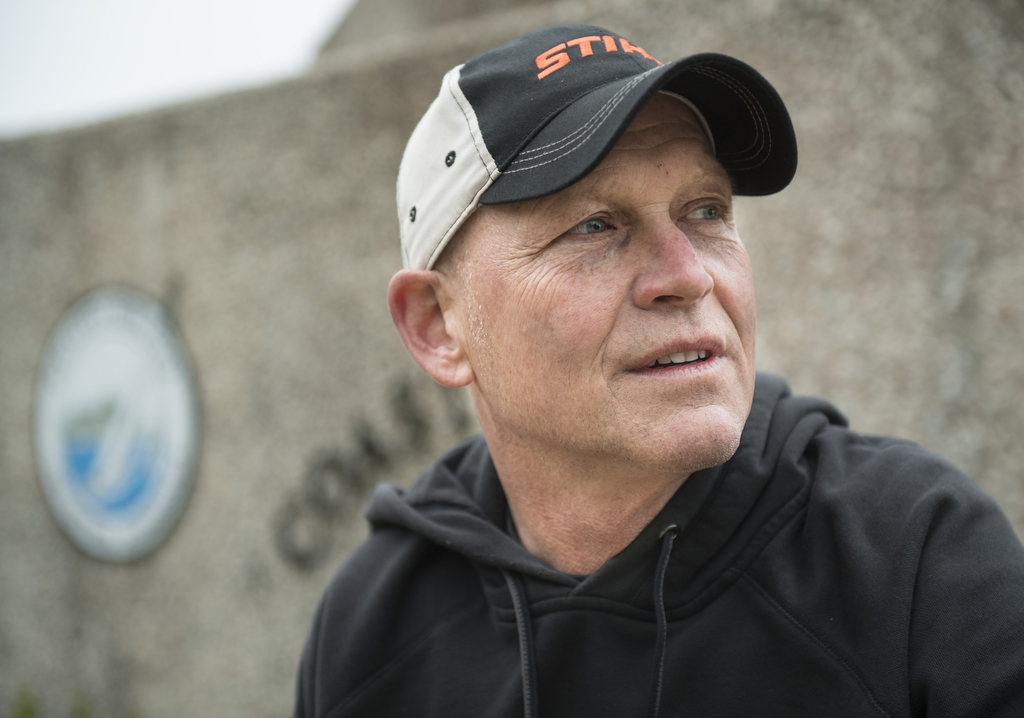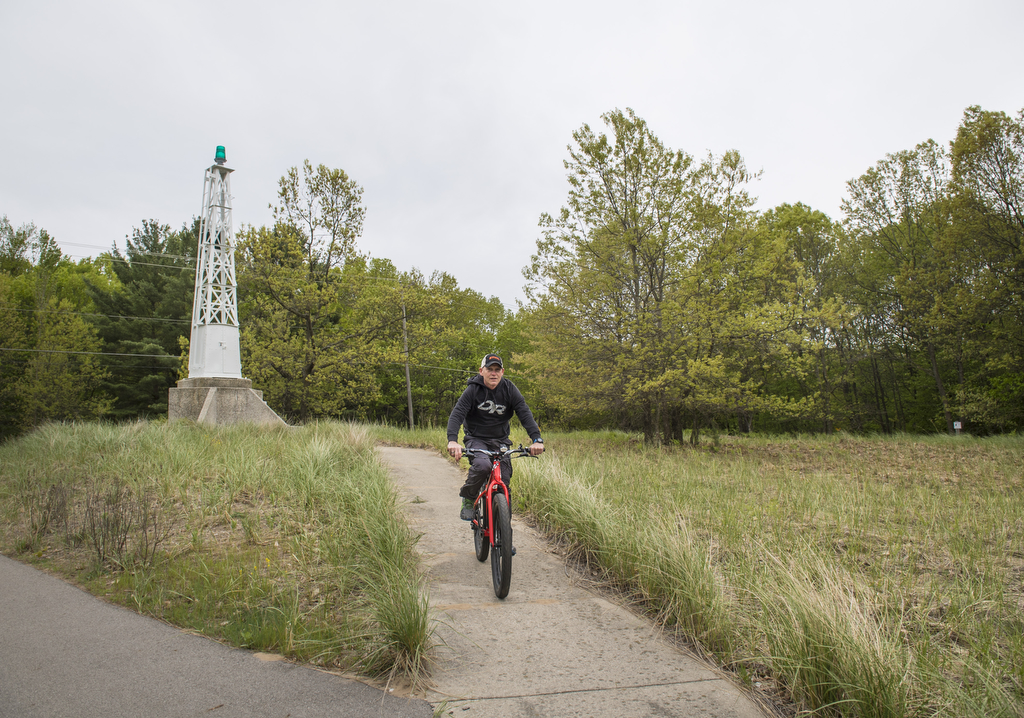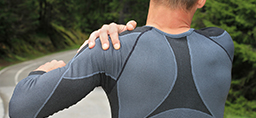Jon VanEizenga is an active kind of guy. For fun, he plays hockey and rides bikes. For work, he crawls up and down ladders and into tight spaces working on yachts at a Grand Haven, Michigan, boatyard.
But several years ago, his mobility took a hit.
The symptoms were indiscriminate. But painful.
“I couldn’t really tell if it was my leg or my back,” said VanEizenga, 52.
He jumped on his computer and checked out Spectrum Health’s website, after striking out with a diagnosis in Muskegon. He watched a video on the website—and it sounded hauntingly familiar.
“The symptoms they were talking about on the video were kind of what I was having,” VanEizenga said.
The Ferrysburg resident scored an appointment with a Spectrum Health hip specialist.
“They did X-rays on my hip right away and told me pretty much what my future held—I would probably need a hip replacement,” VanEizenga said. “The diagnosis was very quick.”
But a guy in his then-40s doesn’t much like hearing about hip replacements. He’d rather slap sticks at the rink, or pedal his bike to nearby Lake Michigan.
About two years after his initial appointment, the pain in his right hip grew unbearable.
“It really started to be a hindrance in my daily life,” VanEizenga said. “Riding my bike was difficult. Exercising was difficult. I played hockey and my range of motion was getting limited. I also work on boats, climbing and moving, my mobility was suffering. Climbing ladders caused pain. Biking and exercising caused pain.”
A few years prior, he’d take a couple of Ibuprofen after a strenuous hockey game or bike adventure.
“Eventually I was taking Ibuprofen constantly,” VanEizenga said. “And it wasn’t even doing the trick. That’s when I decided I had to go the next step.”
The next step was meeting with Hassan Alosh, MD, a Spectrum Health Medical Group orthopedic surgeon specializing in joint reconstruction.
Dr. Alosh said VanEizenga suffered from severe hip arthritis and wear and tear of the hip cartilage. There was no longer a smooth surface for his hip joint to move on.
“I tried a hip injection,” VanEizenga said. “It was great for about two and a half weeks. I was hoping I could buy a little extra time. When that didn’t last, the writing was on the wall.”
The writing practically screamed, with multiple exclamation points. Even though Dr. Alosh said it was an elective surgery, VanEizenga knew the choice was clear. He chose a life without hip pain.
Leap of faith
At Dr. Alosh’s encouragement, he attended a Spectrum Health class on what to expect from hip replacement surgery. His mom joined him.
Another class participant commented how nice it was for VanEizenga to accompany his mom to the class.
“It was kind of funny,” VanEizenga said. “I was the one having the surgery.”
Last June, he received his new hip at Spectrum Health Blodgett Hospital.
“In the end, it was a leap of faith, basically,” VanEizenga said. “A lot of times I overthink things, but this was something you can’t overthink. You just have to do it.”
He had a support system—a friend he played hockey with had hip replacement surgery 15 years ago.
“He was a bit of an inspiration,” VanEizenga said.
VanEizenga walked the first day. He used a walker for only five days.
“I started to use the cane for a few days, then I was pretty much walking,” he said. “I was pleasantly surprised. I was walking fine within a couple of weeks.”
At nine weeks, he returned to work.
What a difference a new hip makes.
“Even just walking up onto the boat, usually there are stairs,” he said. “That would really hit my leg. If I was in a tight space, I couldn’t bend my leg. It was hard to tie my shoes and tie my hockey skates.”
These days? No pain. Full range of motion. A wide open life again.
“After about three months I really had no limitations,” he said.
Dr. Alosh said he’s pleased with VanEizenga’s progress.
“He is doing excellent, back to performing all activities of daily living and playing hockey,” Dr. Alosh said.
Had he not had the surgery, VanEizenga’s would have been battling pain instead of pucks.
“The hip would have progressed in severity and he would likely have gotten more pain and stiffness,” Dr. Alosh said.








 /a>
/a>
 /a>
/a>
 /a>
/a>